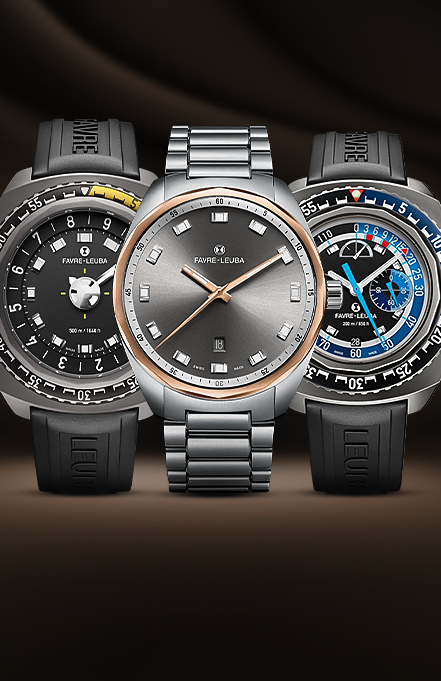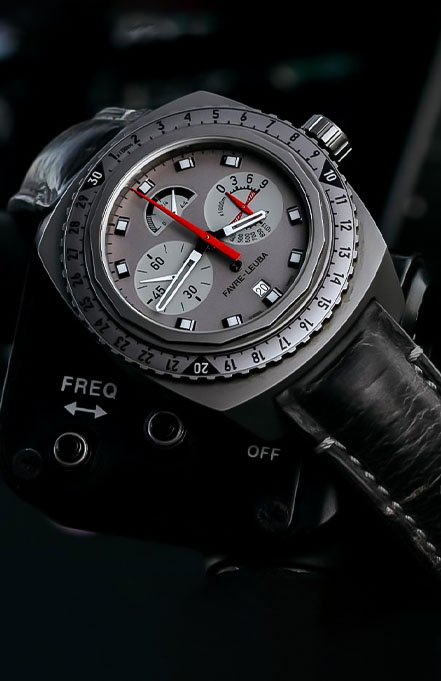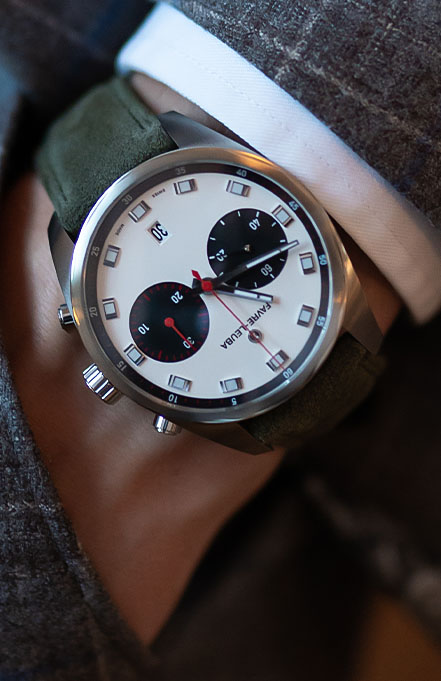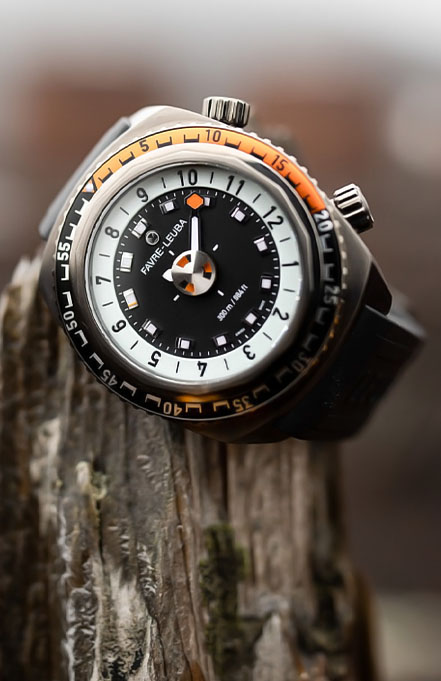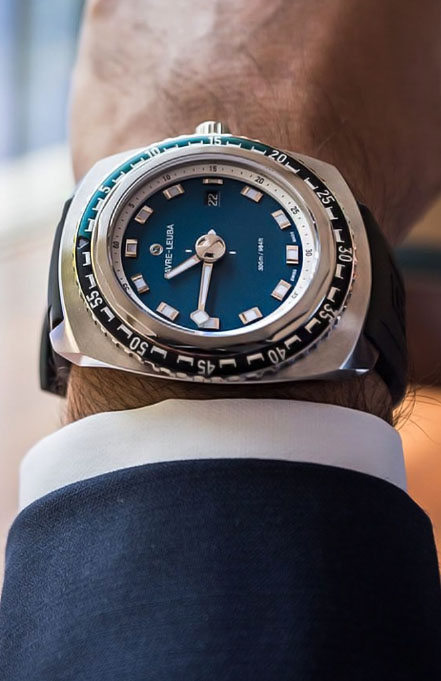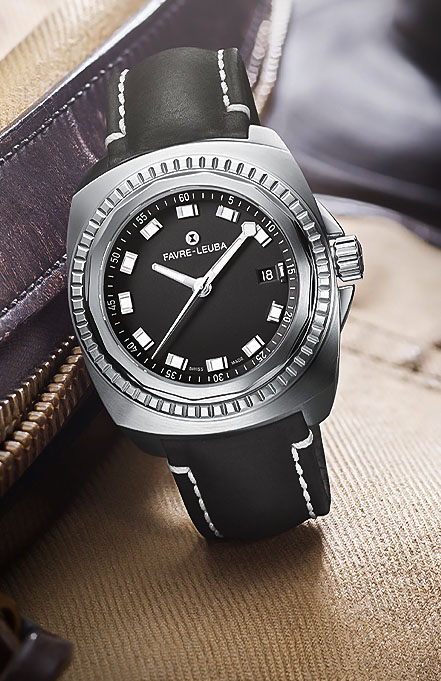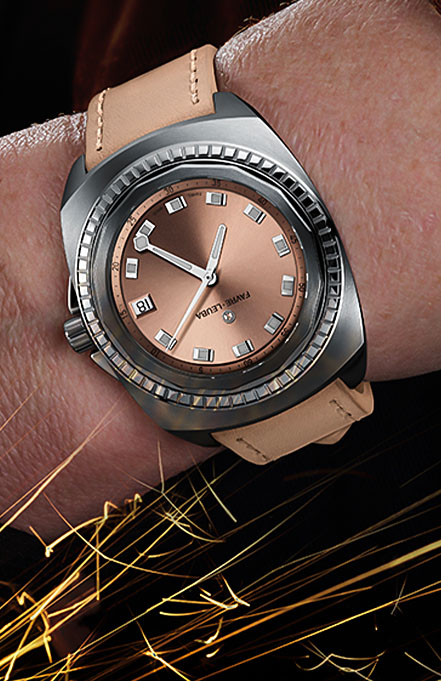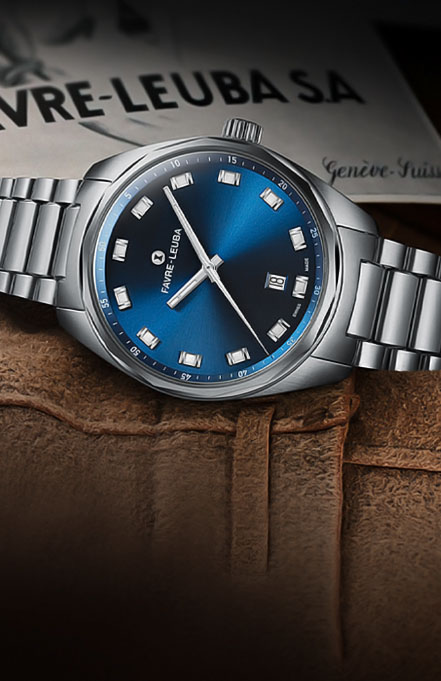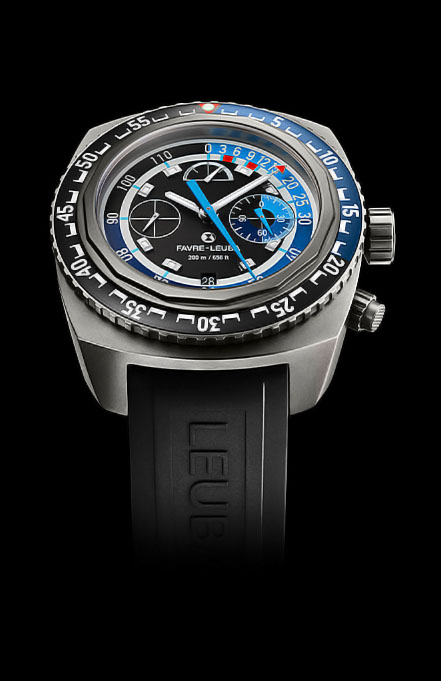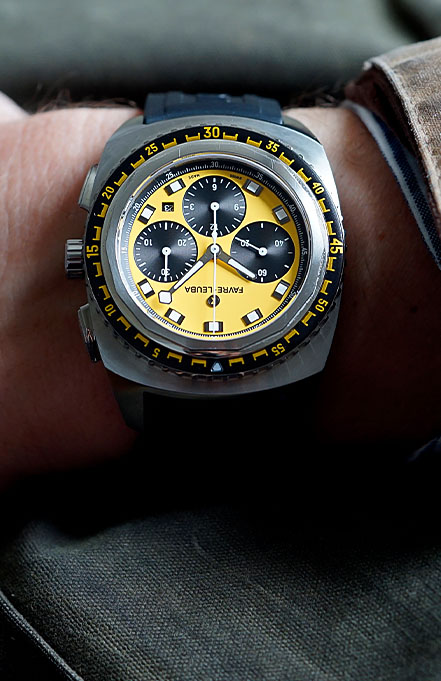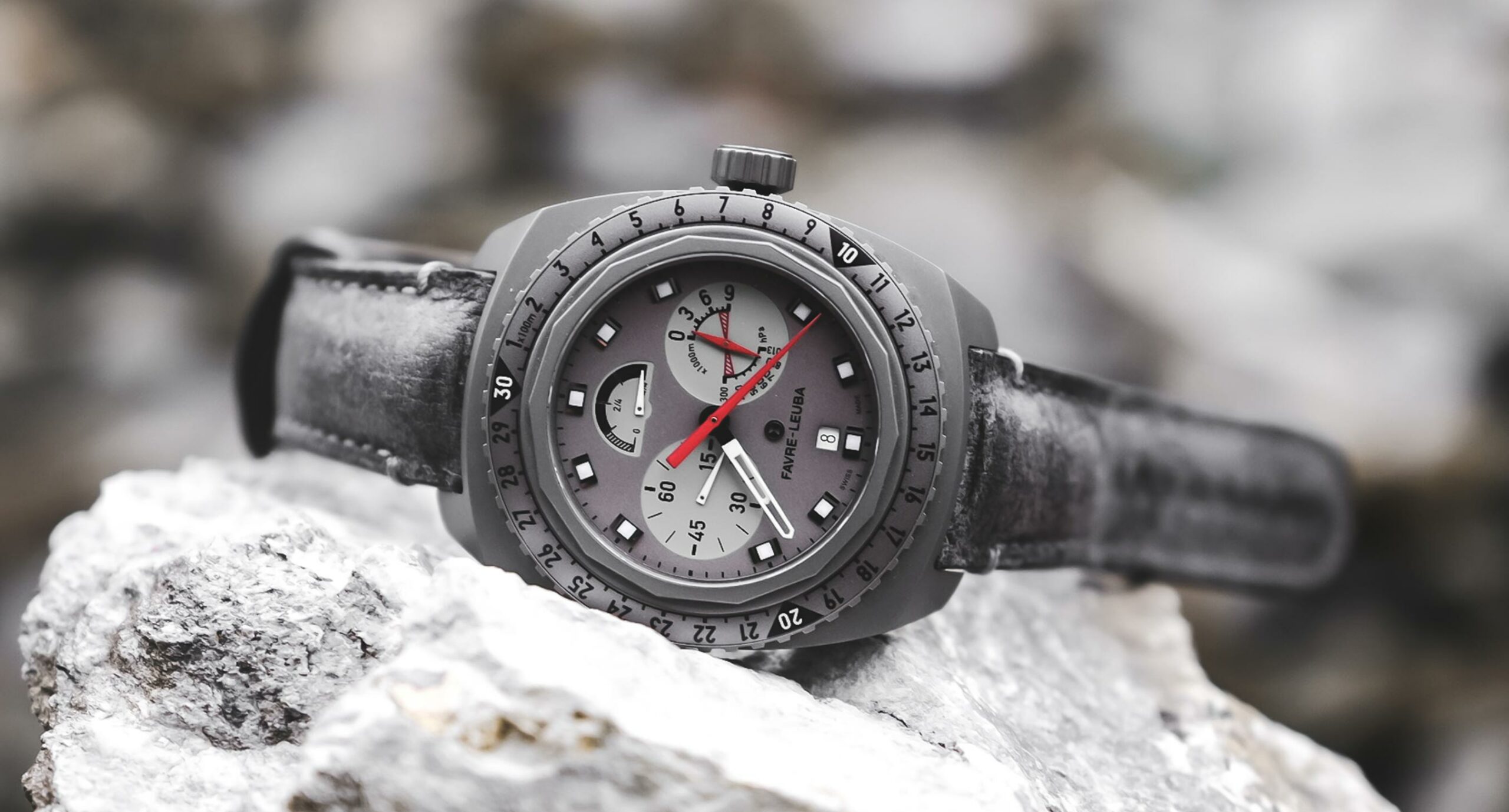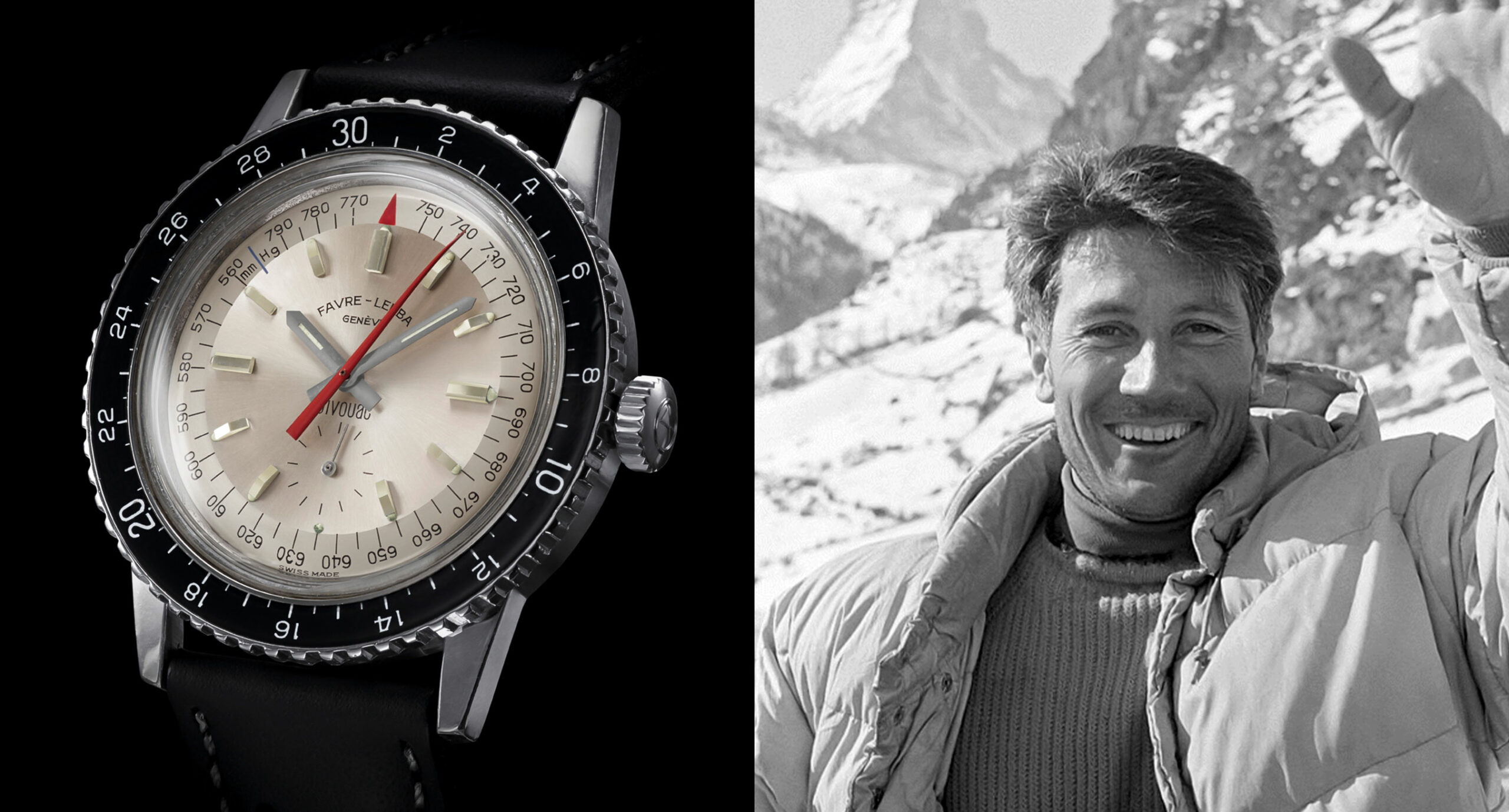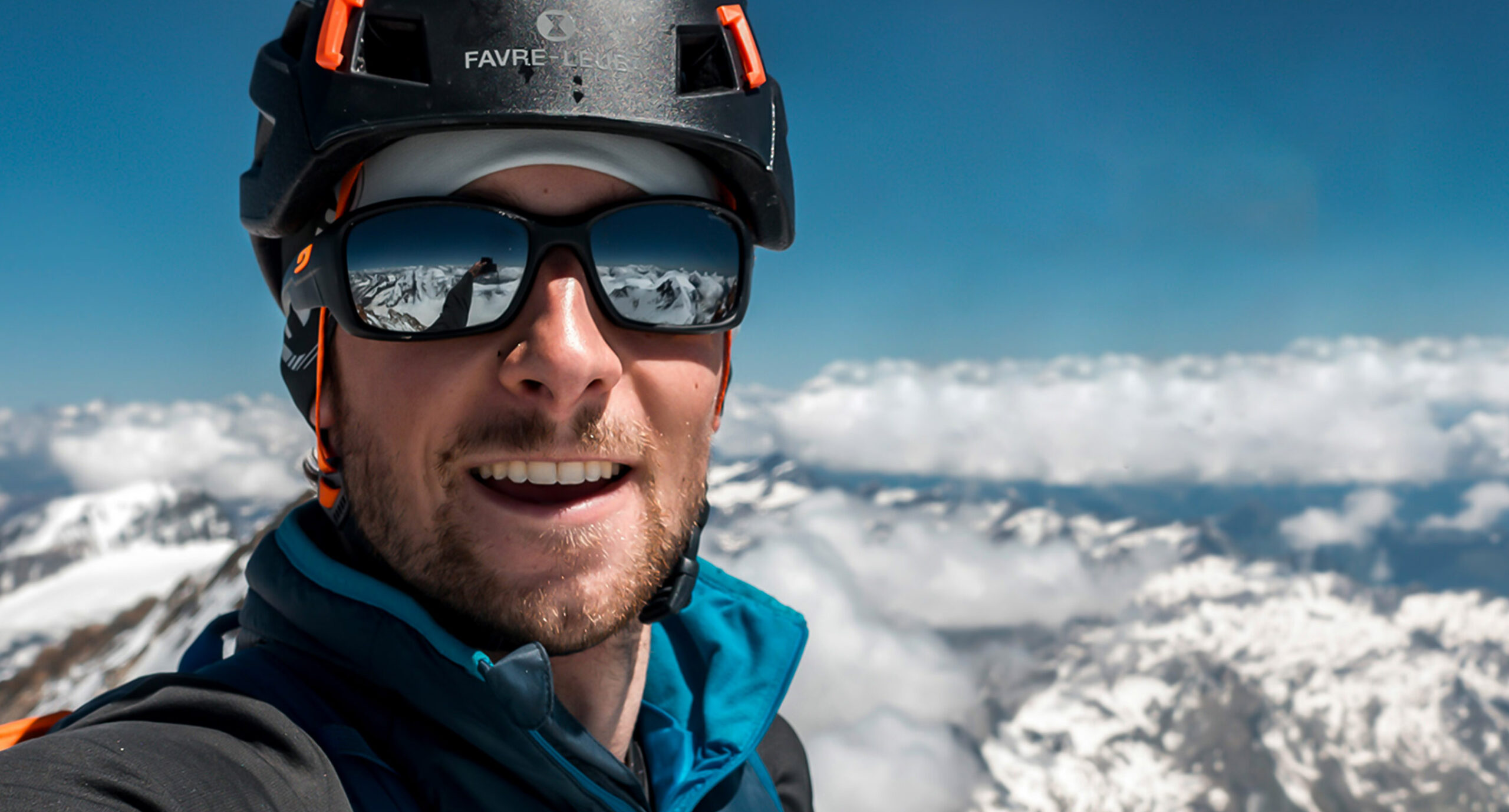In 1962, Favre Leuba introduced the world to a watch that redefined limits. It was the one of legendary watches of the 20th century – the Bivouac, the world’s first mechanical watch with an aneroid barometer. Fifty-five years later, celebrating the 280th anniversary of Favre Leuba, a new Bivouac – the Raider Bivouac 9000 – was launched. Once again, a Bivouac redefines limits and sets a new standard in timepiece engineering with the creation of probably the best watch in the growing luxury sports and outdoor watch market.
Since its launch last year, the Bivouac has already broken records, reached new heights and won one of the most prestigious awards in the watch industry. It’s the features, capabilities and incredible feats of engineering that make the Bivouac 9000 a remarkable outdoor/adventure watch/tool that also tells the time like no other instrument.
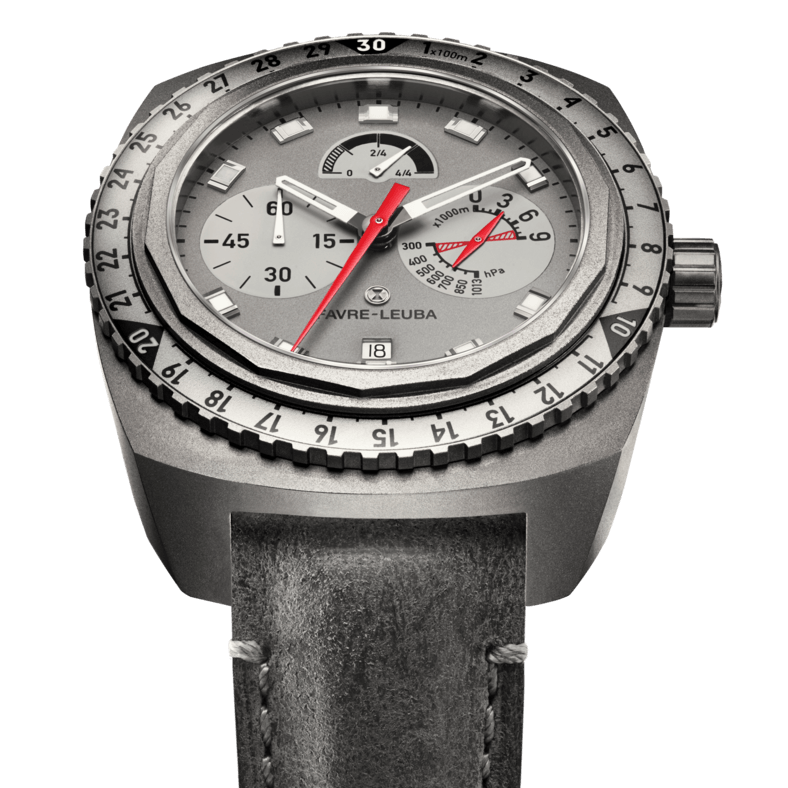
While the Raider Bivouac 9000’s performance, precision mechanics and innovative features are setting new standards in expectations from a luxury sports watch, the timepiece pays homage to its 1962 predecessor with the same name. The core idea of the aneroid barometer is taken forth from the innovative classic instrument watch – the original 1962 Bivouac, along with the inspiration behind the watch’s iconic retro-futuristic design.
Inside the Bivouac 9000:
So, let’s start with the technical features that make this watch – a watch with a mission – to never fail even in the harshest conditions.
The altimeter/barometer feature on this mechanical watch is the first, and currently only, altimeter, that enables a watch to display altitudes from 0 to 9000m (as well as below sea level). This ground-breaking feat of engineering features an airtight capsule made from a special alloy. The capsule expands when the air pressure drops as the wearer climbs, and contracts when the air pressure rises during the descent. The altimeter/barometer shows short-term changes in weather based on the surrounding atmospheric pressure enabling mountaineers to determine if they should proceed to the summit or take shelter. It also helps them better understand their current geo-position, vital knowledge, especially during low visibility conditions when it’s hard to determine the distance (in altitude) to a destination, as well as providing climbers with a more accurate location to broadcast in case of an emergency rescue mission.

For sailing explorers, the barometer is a dynamic indication of whether to change the navigation course due to unforeseen meteorological conditions. The watch’s in-built mechanical barometer detects any change in air pressure which is immediately indicated in the watch’s easy-to-read subdial. If the air pressure is decreasing, sailors are forewarned of the possibility of bad weather and can plan their journey in accordance
As Pen Hadow, the Arctic Mission explorer expressed, “Even at sea, the Bivouac 9000 is a helpful tool as it lets me know of the changing air pressure, and accordingly navigate the ocean.”

Key features of Raider Bivouac 9000
The 48mm titanium case is engineered for optimized performance (altimeter/legibility), featuring a bidirectional rotating bezel to keep track of altitude based on atmospheric changes. The dynamic arc extending across the sides of the case from lug to lug is reflective of the connection from the historic accomplishments of the brand and in particular the original Bivouac, to the present journey of consistent innovation with the new Bivouac 9000.
Hours, minutes, small seconds, central hand to display altitudes of 3,000 m per full rotation, subdial for displaying altitudes of up to 9,000 m and air pressure in hPa, power-reserve indicator, date display.
The easy-to-read dial features luminescent hour and minute hands and hour markers. The large red central hand displays altitudes of 3,000m per full rotation and the subdial is used to keep track of altitudes for up to 9,000m and air pressure in hPa. The Bivouac is the ultimate fusion of innovation, design and precision making it one of the best tool/instrument watches for outdoor enthusiasts.
The hand-wound FL311 movement is based on the EMC 3903M calibre and the watch features a power-reserve indicator showing the time-pieces reserve power life which stands at an impressive 65 hours.
Bivouac 9000 In Action
On May 20th, 2018, the Bivouac 9000 recently broke records becoming the only mechanical altimeter watch in the world to reach the top of the world – the summit of Mt Everest. Record-breaking mountaineer Adrian Ballinger and his team battled biting cold temperatures of -40 degrees C and lower, in the harshest of conditions, noting that “at 8,800 meters, the Raider Bivouac 9000 performed flawlessly all the way to the summit of Mt Everest,” – demonstrating that the Bivouac 9000 is without a doubt, the best mountaineering watch on the market.
As Ballinger testified – the watch performed flawlessly throughout the gruelling climb to the world’s highest peak, unaffected by the extreme weather conditions which would have affected the battery life of most digital watches.
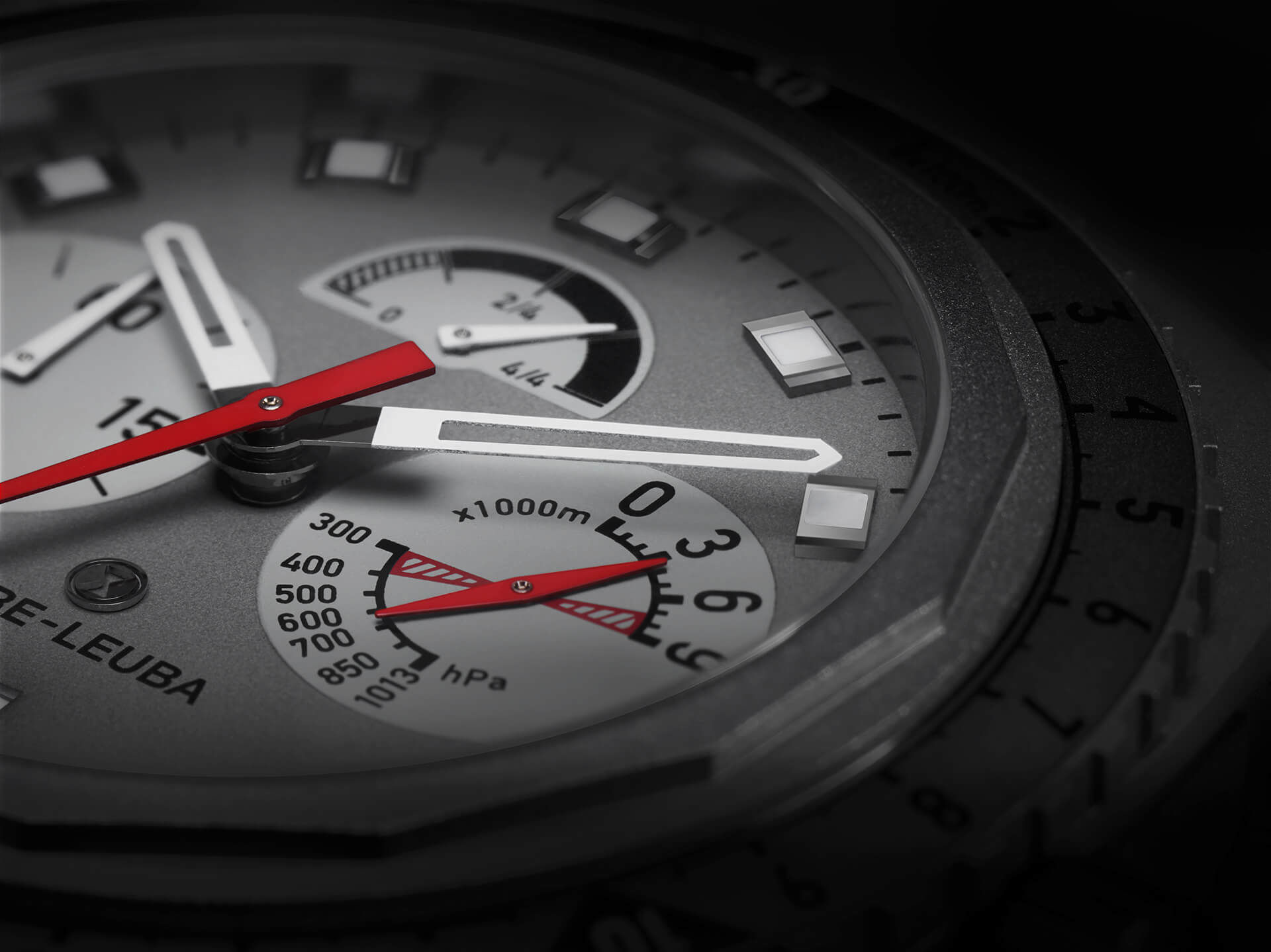
Ballinger isn’t the only Bivouac fan. Within months of the watch’s launch in 2017, it won the prestigious 2017-18 Watchstars ‘New Star’ award for the best new watch to enter the market.
“Today, I have one piece of equipment that I knew, no matter what, I can rely on for the ultimate in accuracy to base many of my decisions on – my watch. This small everyday time instrument that so many of us wear without a second thought has become my second voice and it’s a voice that I know I can rely on under the most extreme conditions. In my experience, there’s the only watch that’s up to the job – Favre Leuba’s Bivouac 9000,” remarks Satyarup Siddhanta, one of the world’s leading mountaineers who has climbed to the summits of the highest peaks in each of the seven continents.
